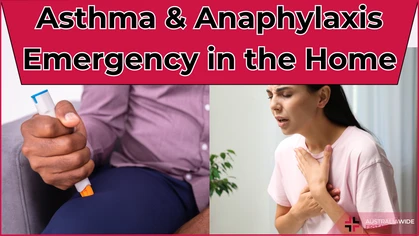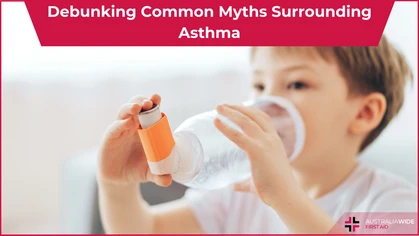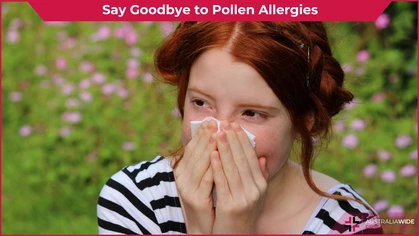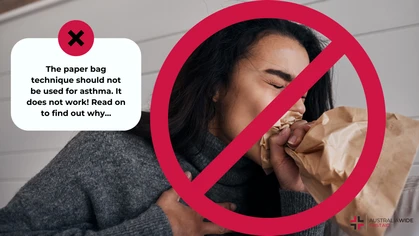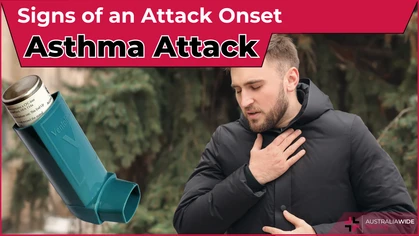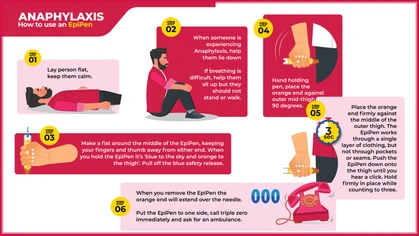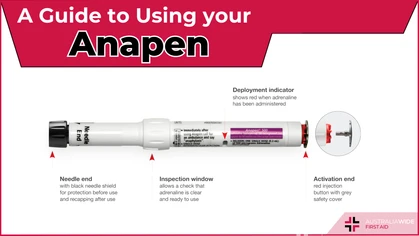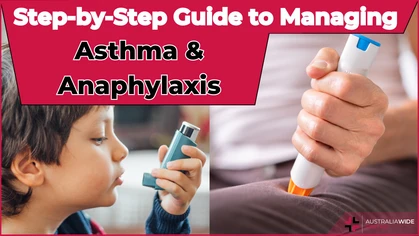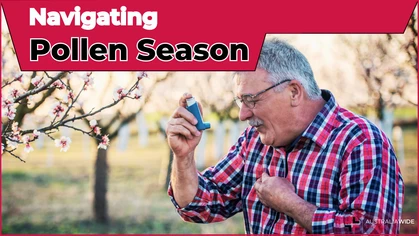What is Anaphylaxis?

Allergy and Asthma

Wasp stings are known to cause anaphylactic reactions.
Anaphylaxis, or anaphylactic shock, is a severe allergic reaction that can quickly become life threatening if not treated immediately. Anaphylaxis generally occurs within 20 minutes to 2 hours after exposure to an allergen. It can affect more than one system in the body: the skin, as well as the respiratory, gastrointestinal and cardiovascular systems.What is Happening during Anaphylaxis?
Anaphylaxis is the most severe type of allergic reaction. An allergic reaction is when a person’s immune system overreacts to a substance or ‘trigger’. This trigger, though it may be harmless to most people, is called an allergen. When a person experiences an allergic reaction, their immune system creates antibodies to attack the allergen, which then sets off a range of immune system responses. For instance, the body releases chemicals, such as histamines, that are stored in blood and tissue cells. These chemicals can cause the person experiencing an allergic reaction to go into shock, which subsequently results in a fall in blood pressure and a narrowing of the airways. For people with anaphylaxis, even minuscule exposure to their allergens can trigger a dangerous reaction. Immune systems can overreact to the point of death if it is not treated as a medical emergency. In fact, well-known ABC radio star Sarah Tomlinson died unexpectedly in November 2022 following an anaphylactic reaction. Tomlinson commenced her radio career at the young age of 14, before going on to win numerous community broadcasting awards. In fact, in 2006, she was named Radio Adelaide's Favourite Presenter.Symptoms of Anaphylaxis
Anaphylaxis is treated as a medical emergency, as many of the symptoms can quickly become life threatening. These symptoms include:- Tightness of the throat from swelling.
- Difficulty breathing.
- Tongue and facial swelling.
- Hoarse voice or difficulty speaking.
- A wheeze or persistent cough.
- Collapse or falling unconscious.
- Becoming pale or floppy (young children).
- Abdominal pain and vomiting.
- Hives, welts, and body redness.
General Signs of Anaphylactic Shock
As well as severe symptoms, there is a range of less dangerous anaphylactic symptoms, including:- Flushed skin.
- Hives.
- Nausea and vomiting.
- Stomach pain.
- Sudden feeling of weakness.
- Swelling of the face, lips, and eyes.
Common Triggers for Anaphylaxis
A range of allergens can cause someone to go into anaphylactic shock. Common triggers include:Food Stuffs:
- Milk.
- Eggs.
- Peanuts.
- Tree nuts.
- Sesame.
- Fish.
- Shellfish.
- Wheat.
- Soy.
Bites and Stings:
- Bee.
- Wasp.
- Ant.
Medications:
- Over the counter.
- Prescribed.
- Herbal/alternative.
How is Anaphylaxis Treated?
Though Anaphylaxis is not curable, it is preventable and treatable. Adrenaline auto-injectors, such as Epipen® and Anapen®, are carried by those who are at risk. These auto-injectors are designed to be used by anyone: a friend, childcare worker, parent, teacher, passer-by, or even the casualty themselves. To care for and treat a casualty experiencing anaphylaxis, the below steps should be followed:- Calm and reassure the casualty.
- Lay the casualty flat and ensure they do not stand or walk. You may allow the casualty to sit up if it becomes difficult for them to breathe. If the casualty is unconscious, place them in the recovery position.
- Follow the direction of the casualty's 'ASCIA Action Plan for Allergic Reactions', if they have one written by their doctor.
- Assist with adrenaline autoinjector e.g. EpiPen® administration.
- Immediately call Triple Zero (000) for an ambulance, regardless of how the casualty feels.
- Administer oxygen and/or asthma medication for respiratory symptoms.
- Administer further adrenaline autoinjector e.g. EpiPen® dose if the casualty does not respond after 5 minutes.
- Continue to monitor the patient. If they become unresponsive and stop breathing normally, immediately commence CPR.
Administering an EpiPen®
- Remove the EpiPen® from the packaging.
- Hold the casualty's leg still and place the orange end against their outer mid-thigh (with or without clothing).
- Push down hard until a click is heard or felt, then hold in place for 3 seconds. Once 3 seconds has passed since the click, remove the EpiPen®.
- Observe for relapse as severe symptoms sometimes recur after around 15 to 20 minutes.
First Aid for Anaphylaxis
If you want a more in-depth look at anaphylaxis at home or in the workplace, our online courses are the answer. You can complete them at your work desk or from the comfort of your own home, and get a Certificate of Completion to show your employer, add to your resume, or simply give you the peace of mind knowing you can actually help in an emergency. Our Anaphylaxis First Aid provides learners with the knowledge needed to recognise, respond to, and manage allergic reactions and anaphylaxis. If you're after workplace-specific information, our Workplace Anaphylaxis Risk Management course covers responsibilities and best practices for managing anaphylaxis risk in workplaces. Alternatively, our Workplace Asthma and Anaphylaxis Management and First Aid course teaches the essential knowledge and practical tools to identify, manage, and respond to asthma and anaphylaxis risks in workplace settings.
Originally published at
https://www.australiawidefirstaid.com.au/resources/what-is-anaphylaxis
as part of the Australia Wide First Aid Articles Library
